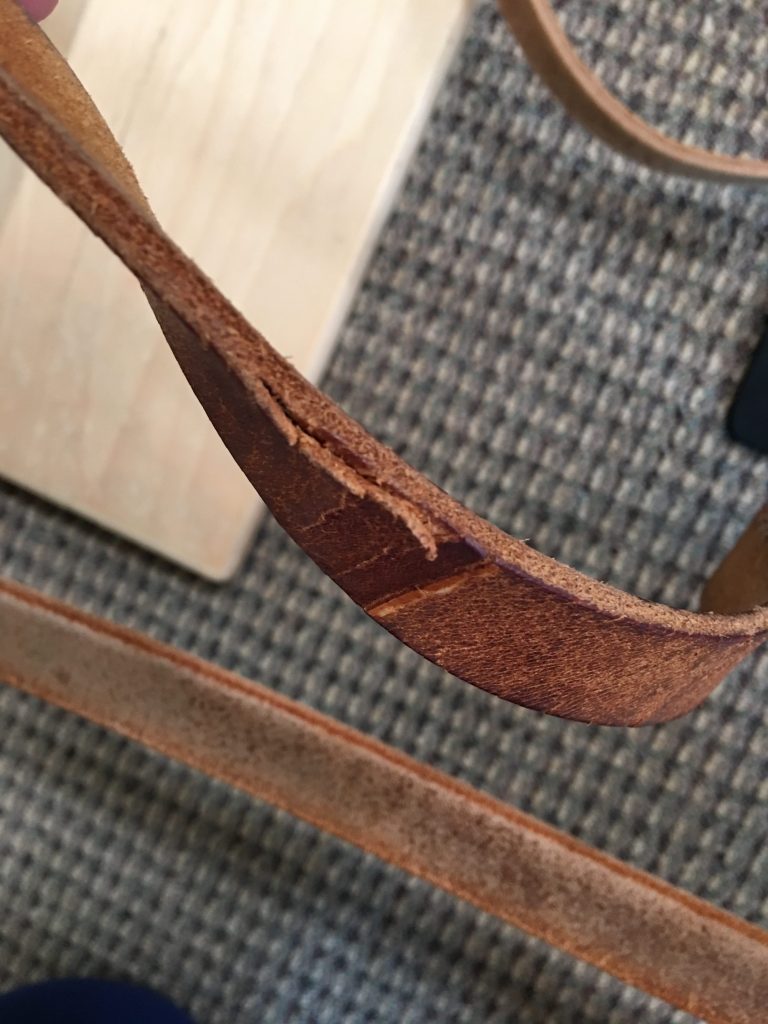
Classical leather straps like Joseph Pilates used on his Reformers are a staple in many studios around the world. For these studios, special care should be taken to ensure the leather remains safe throughout the life of the Reformer. If you have leather straps on your Reformers, here’s how to avoid the trauma of broken straps and the lost revenue due to a Reformer being out of service.
Monthly inspections
Every month you need to look for cracks and tears in your leather straps. These are most likely to develop around the holes under the carriage or along the seams where the material has a thinner cross section and can dry out more easily. Check out these photos for some examples.



Cleaning with Saddle Soap
Then, just like equestrian tack, your leather straps need regular cleaning with saddle soap. Saddle soap will not only clean your leather straps but it will help keep the material strong and supple, preventing dangerous cracking. Unlike our horsey friends, though, Pilates straps don’t take quite as big of a beating with outdoor weather and sun exposure, sweat and dirt, so a cleaning about every six months is plenty.
To clean your leather straps, first remove them from the carriage. Take a microfiber cloth and get it damp with water, then use this damp cloth to wipe down the straps to remove any dust or debris that might interfere with the application of saddle soap. Note that the most vulnerable parts are the ones that you can’t easily see (under the carriage, along the seams, and around the rivets) so be sure they get the most attention. Depending on the type of saddle soap you buy the exact instructions may vary, but in general you simply dab some soap on a dry cloth and rub it into the leather. You’ll need to rub enough that the saddle soap soaks in to the leather and no excess remains on the surface. If necessary, take another dry rag to wipe up the excess.
Doing this every six months or so will greatly extend the life and improve the suppleness of your straps, as well as help you detect any rips, tears or seams separating which could cause them to break during use.
This post also appeared on the Balanced Body Blog.
